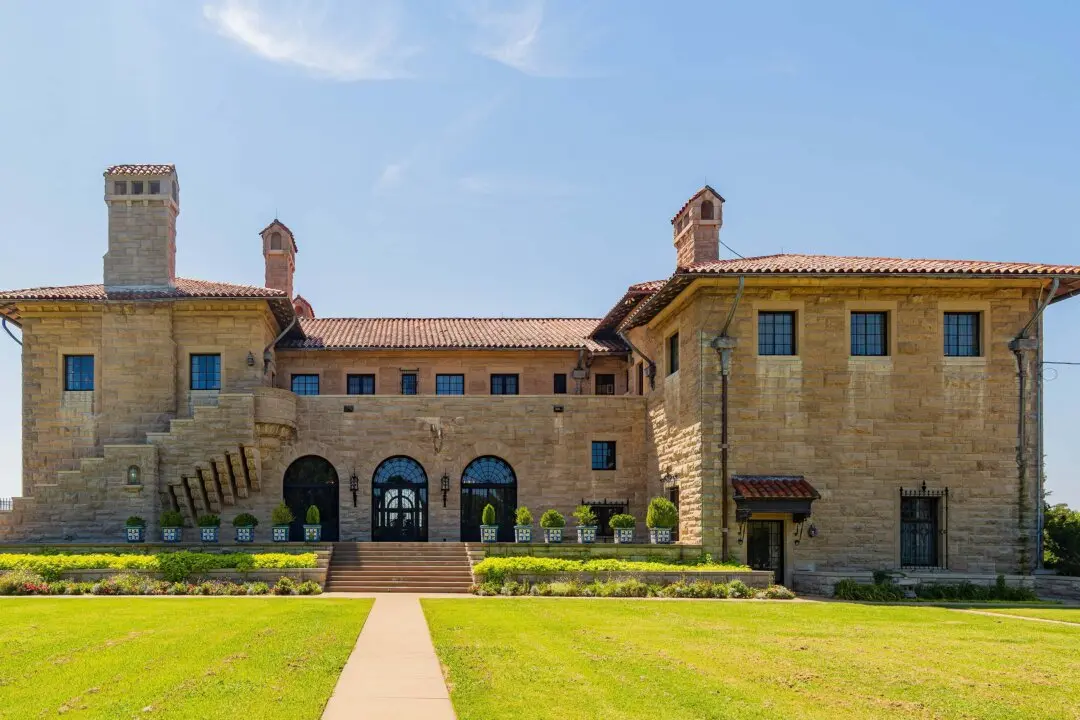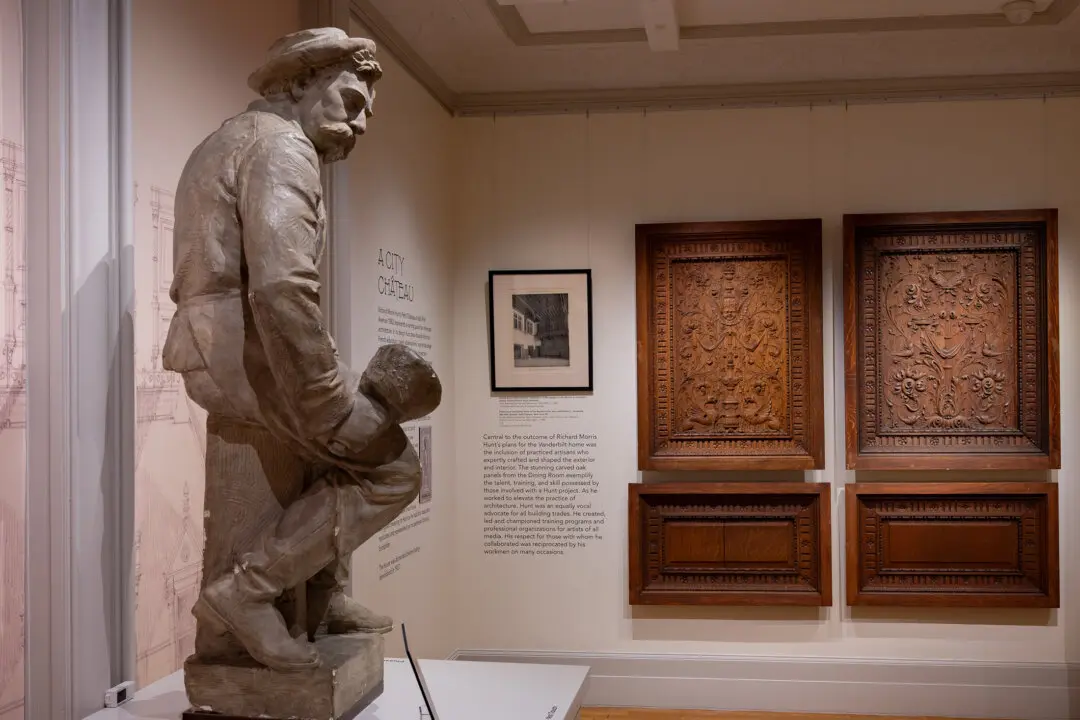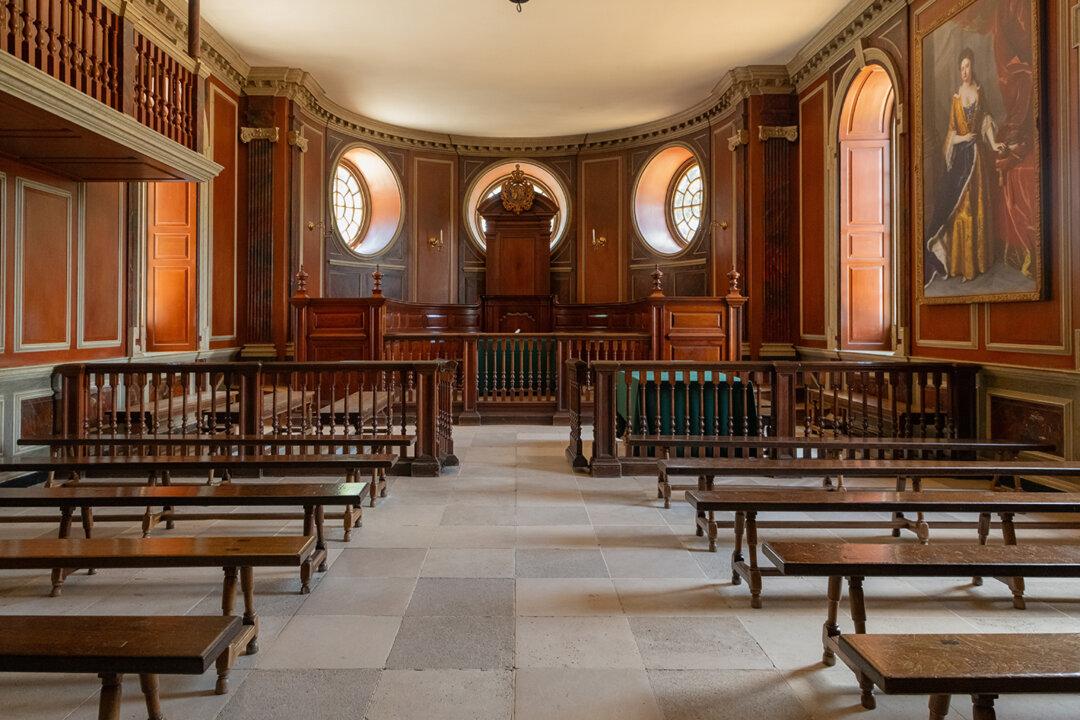In Colonial America, most keyboard instruments were harpsichords, an instrument in which the strings were plucked to produce sound. However, a new instrument began replacing it in popularity towards the end of the 18th century. In 1775, an advertisement for the piano appeared in the Pennsylvania Packet, as well as in a German language newspaper. These were quite possibly the earliest reference to a commercially manufactured piano in America.
“John Behrent, Joiner and Instrument Maker, living in Third-street continued, in Campington, directly opposite Coates’s Burying-ground, Has just finished for sale, an extraordinary fine instrument, by the name of Piano Forte, of Mahogany, in the manner of an harpsichord, with hammers, and several changes: He intends to dispose of it on very reasonable terms; and being a master in such sort of work, and a new beginner in this country, he requests all lovers of music to favour him with their custom, and they shall not only be honestly served, but their favours gratefully acknowledged, by their humble servant, John Behrent.”





